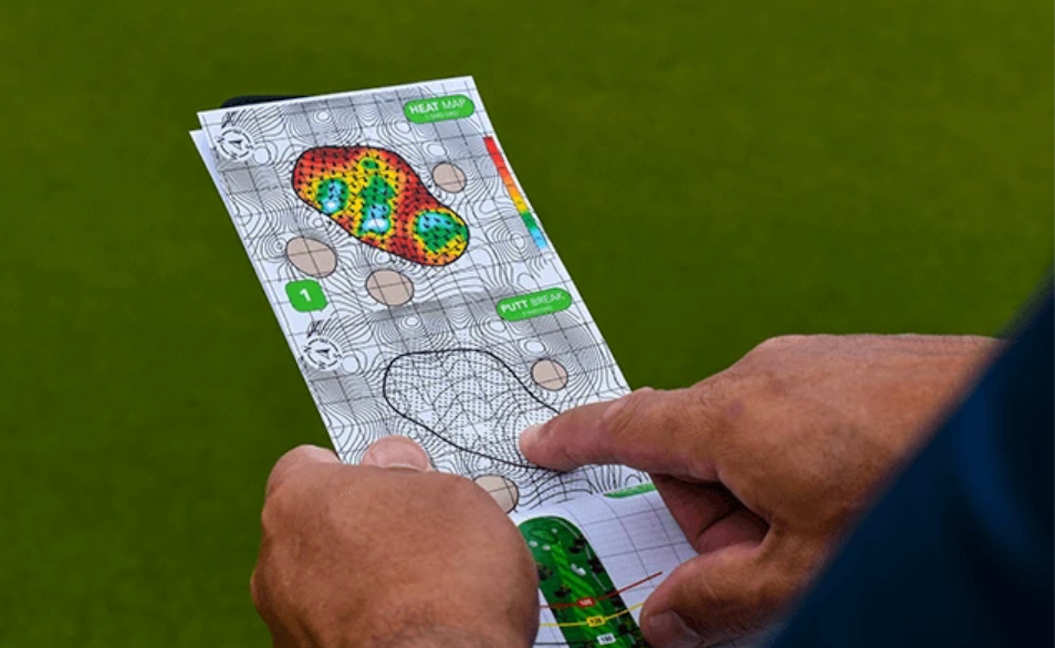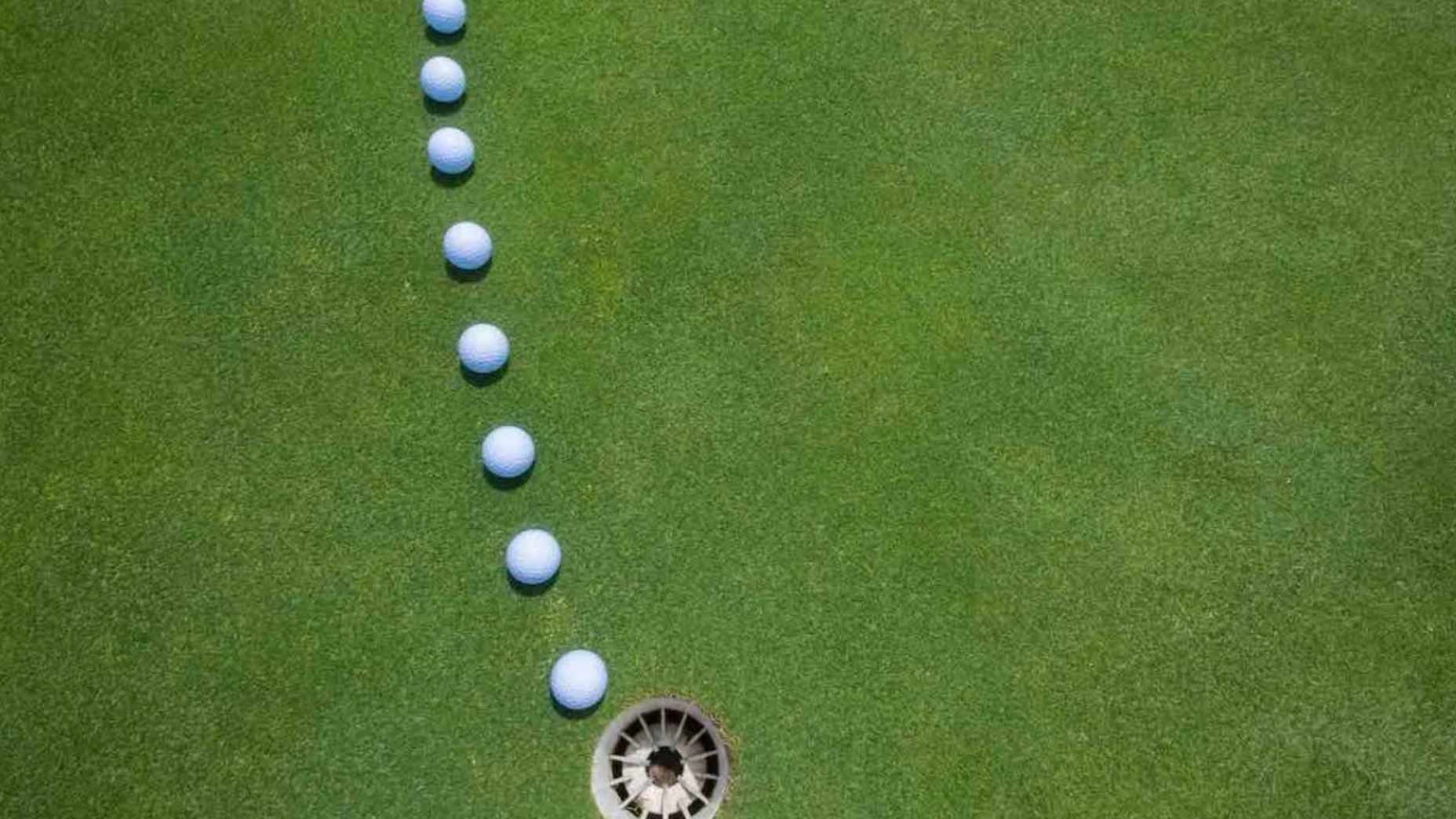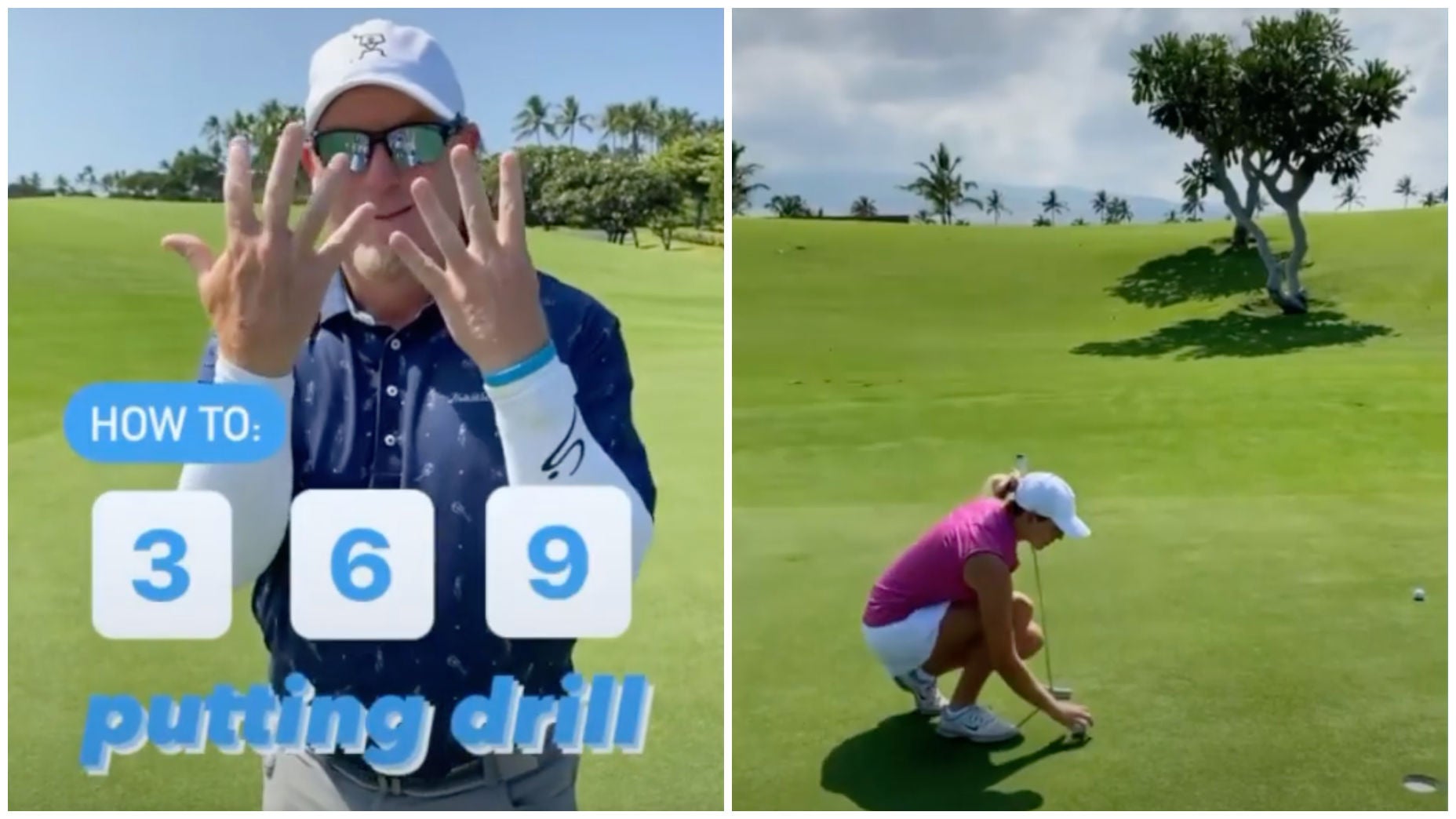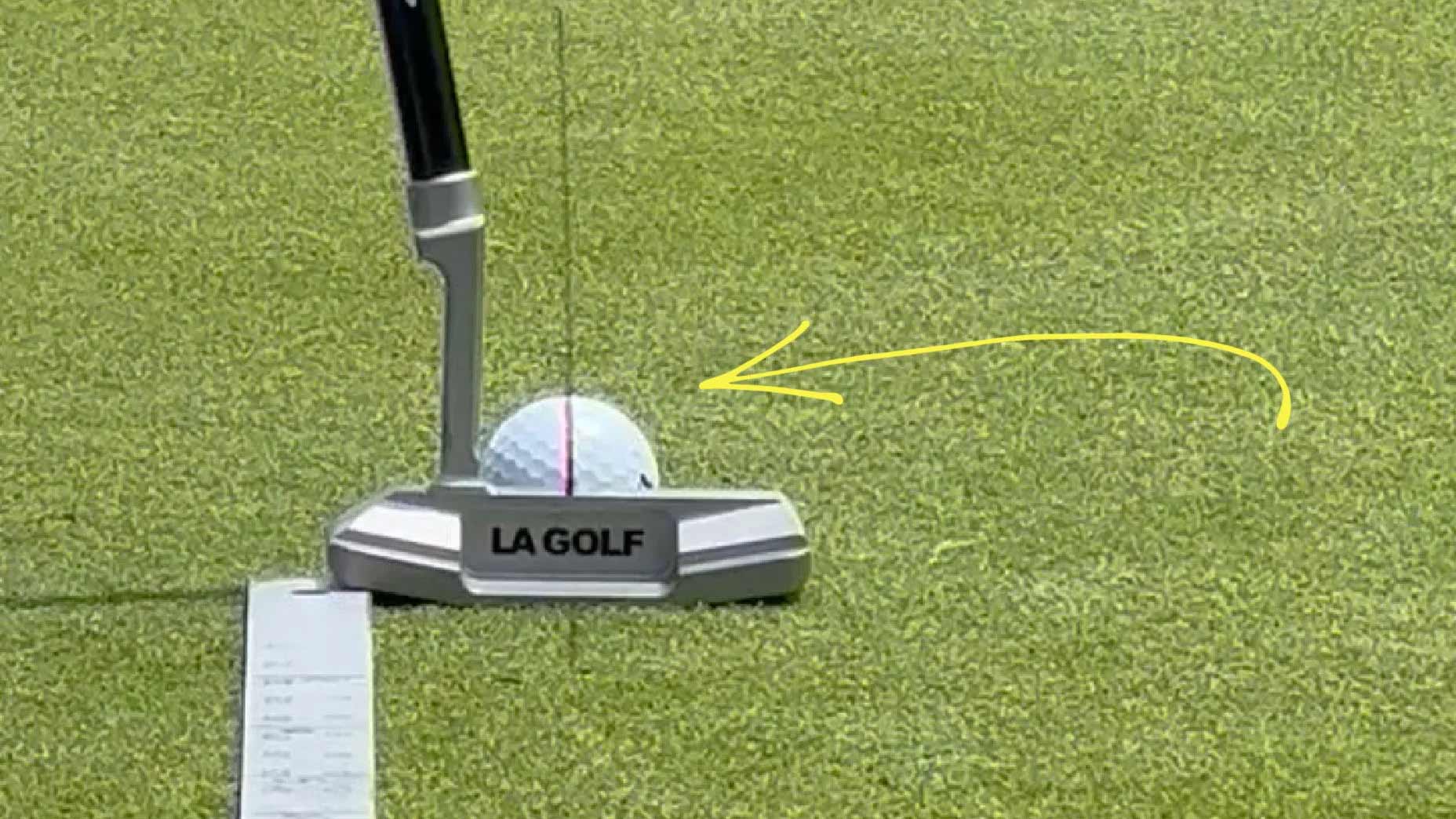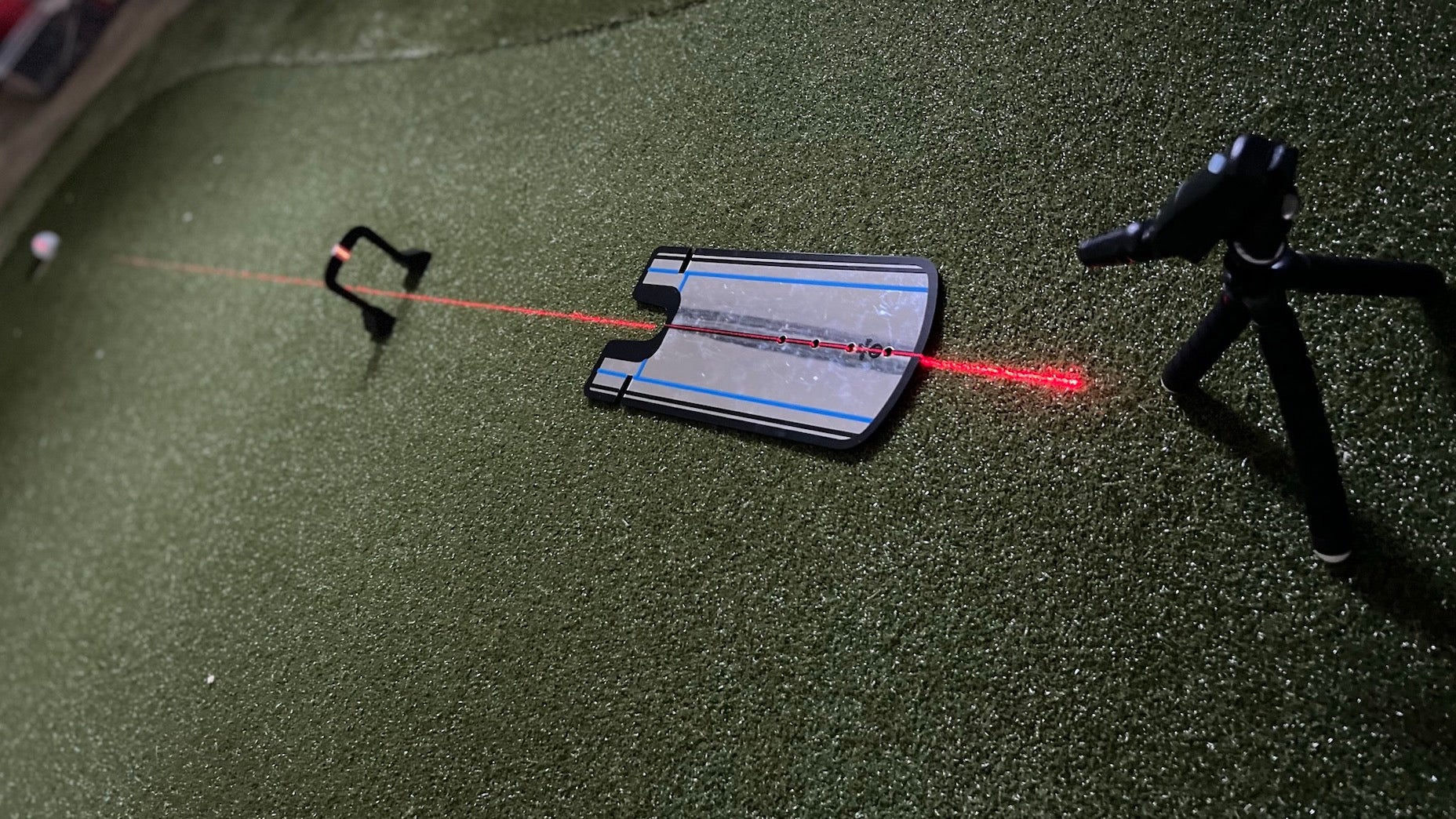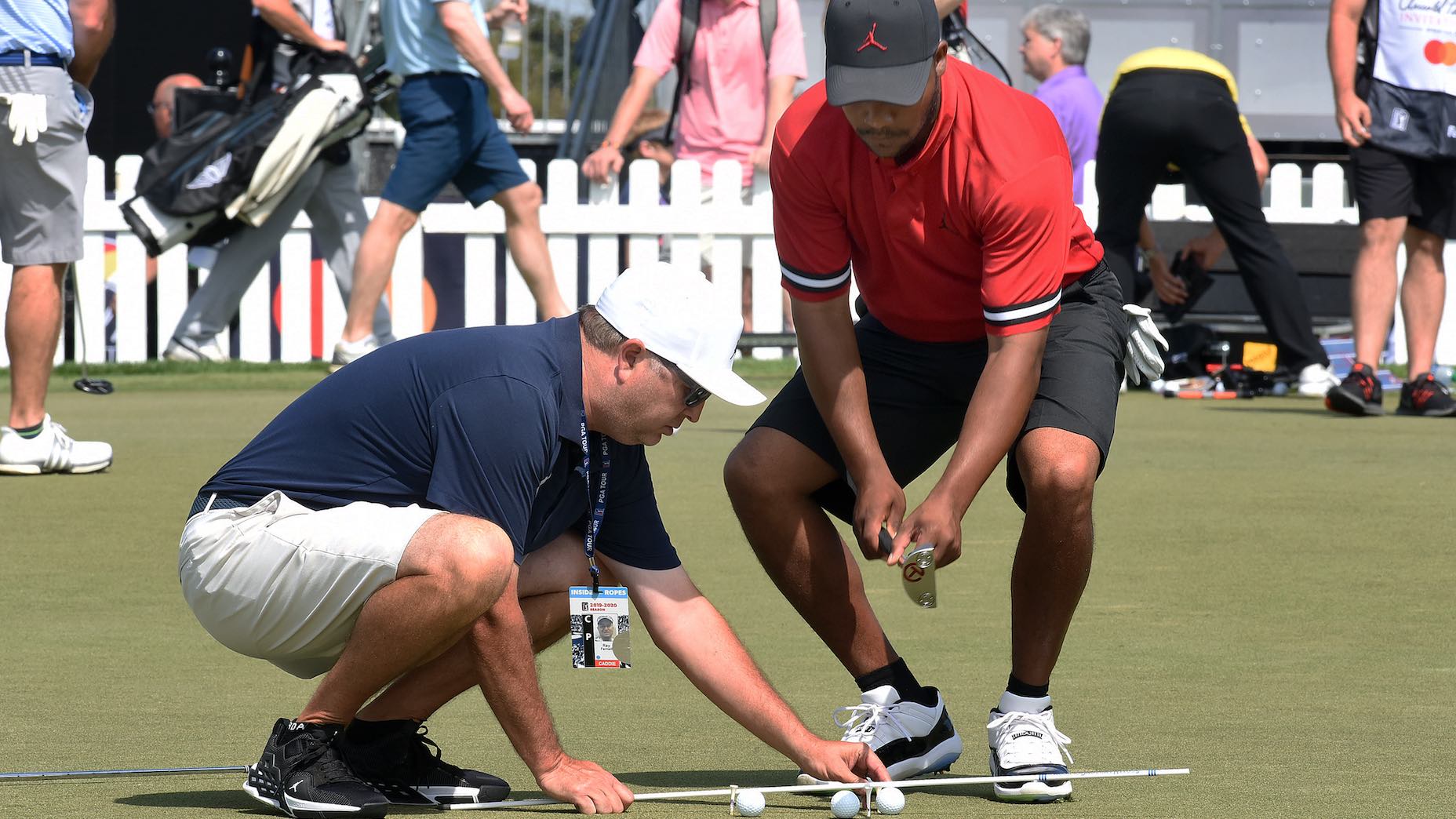A course with bigger greens can, at first glance, seem more fun. You’ve got a bigger target to aim at, after all, and if you are a good distance putter you can have a stress-free round.
Except often, when a course has big greens they will tend to be more undulated. They also usually include very specific quadrants which can almost play like separate greens on the same hole. All of this is true this week at Winged Foot, so watch closely and take notes on how the pros, and to help you along your way, here are my top 5 keys to conquer monster greens:
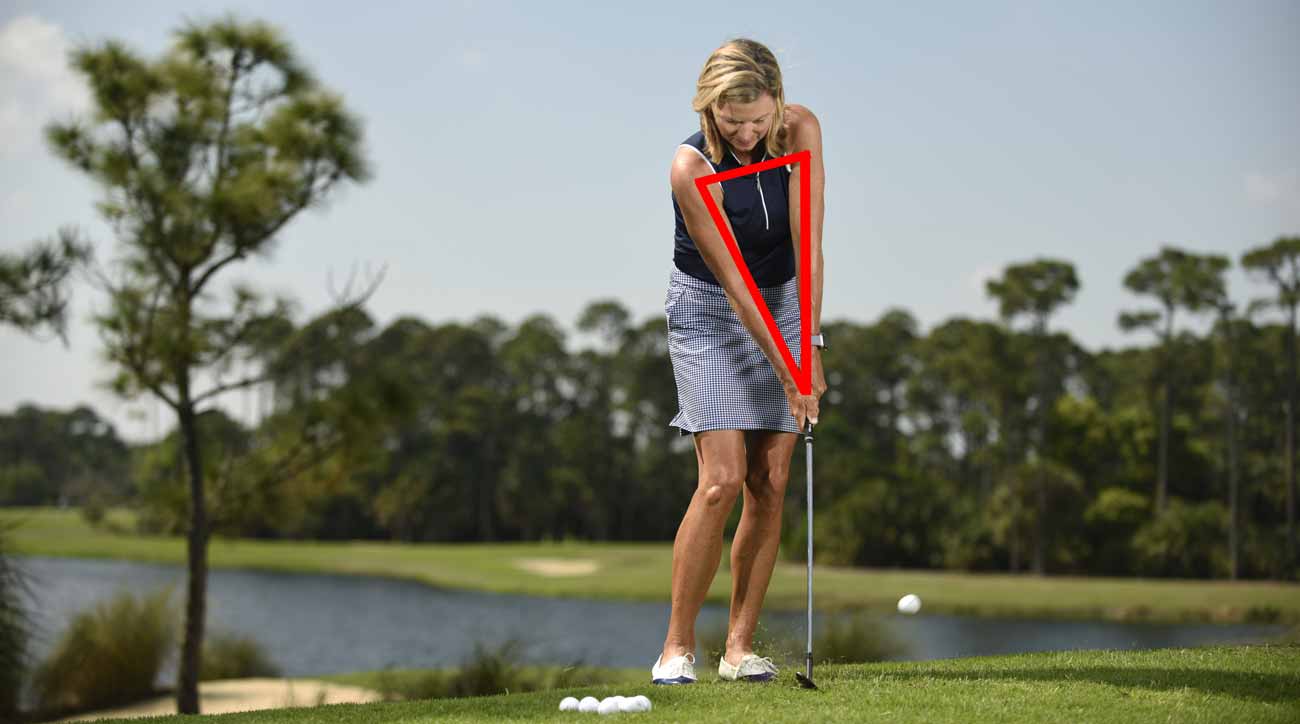
1. Learn to chip with different clubs
When it comes to big greens, they can often be really long from the front to the back. That can make chipping challenging, which is why
One of my favorite techniques to handle this is to calibrate your chipping with different clubs. If you can identify your most comfortable stroke size when you are chipping (here’s a basic checklist for chipping), it makes chipping easier. You can simply change your club selection, rather than needing to adjust your stroke size.
That’s especially helpful on big greens. If you miss short and the pin is up front, you can choose a higher-lofted wedge. If the pins in the back, you can use the same stroke but choose a lower-lofted club for a bump-and-run. An 8-iron, for example.
Your stroke size stays the same, which means you’ll be abiding by the golden rule: the smaller the stroke, the less the chance of error.
2. Get comfortable with a longer putting stroke
I love teaching putting because often times once you move past the small technique adjustments you can get to work on distance control. This is one of the ways the average golfer can quickly drop their scores. If you can just start to get that first putt, tap in close, more often, your score will quickly drop.
I cannot tell you how many times I hear a golfer say, “I didn’t hit it,” when they come up short. And in almost all cases, that is not why your putt was short.
You should be controlling distance with the length of your backstroke, not how hard you hit it.
As you move father away from your cup and you need a bigger stroke. The rhythm and speed of your stroke should stay the same on every putt (more on that below); it’s the length of your stroke that will differ.
So the next time you hear yourself say, “I didn’t hit it,” interpret correctly and say, “I needed a bigger backstroke.”

3. Be ‘even’ with your stroke
Now that you understand that the size of your backstroke is what controls distance, this will help you to be able to be more even with your strokes and better control distance on putts of all lengths.
And by even, I mean even in rhythm and even in grip pressure.
This goes back to understanding that the length of your backstroke controls distance and if you are able to successfully adjust it to control distance, your stroke should be even in speed, natural rhythm and grip pressure.
If you are not using this controller of distance, it is often incorrectly accompanied by a large change in grip pressure where you attempt to “hit” you putt to offset the fact that you have not put enough energy into your stroke with your backstroke.
And I do not have any opinion on what level of pressure you should have in your hands throughout your stroke, but it should not need to change if you are truly stroking the ball.
The even stroke applies the most truly when green speeds are faster and as you watch the players at the tour championship, you will tend to see smooth strokes that change in size to control distance where they look very even and smooth.
4. Be still on short putts
With big greens, even the best of putters will be left with some four and five foot second putts when approaching the cup from far away on the green. Once you have become proficient in aiming your putter face well, it is so important that you stay extremely still with your body. You should not be moving your head or your lower body. I think it is easier to see movement or not by seeing your knees in your peripheral vision. Your lower body should not move as this will tend to change your shoulder line and therefore the path of your putter.
A good general rule is if your putter is moving your eyes and head should not be. Stroke then look. This can be extremely challenging and disciplined as it is so natural to want to look to see you putt going into the hole but avoid this so that your ball can travel exactly where your face is aimed.
A good practice technique is to listen for your ball to go into the hole, rather than watching it miss because you looked too early.
5. Learn to read ‘sections’ of the putt
Green reading is another skill that can be learned, and with longer putts it may be necessary to read several sections of the putt. In other words, because the putt is so long, you may need to divide it into thirds and read each part. I find the easiest way to do this is to compare five feet right of the line to five feet left and try to determine which side is higher as well as it is uphill or downhill. I find this so much easier than trying to read the entire line at once.
A great example of this is #1 at Winged Foot where the green is huge, has very specific sections of the green and significant undulations in the middle. This green is extremely long from back to front with very few flat spots and therefore limited pin positions. For the average golfer, this can be up to four clubs difference from front to back.
Because this green is particularly undulated in it’s middle, dividing your putt into sections will lead to the best chance to make putts. The first half of your putt may be right to left and then the second half left to right. By knowing this, you can average the two and know that overall it won’t break a lot, but the greater tilt of the two may help to see exactly where to aim.
Something that can help you understand the subtle undulations in each section of your putt is using the latest technology. There are lots of options to consider. Personally, I prefer Golf Logix (Editor’s note: Golf Logix and GOLF.com are owned by the same parent company, 8am Golf) because it has mapped more than 14,000 courses and is available both via an app or a green-reading book.
But no matter what you use, being a great putter on big greens requires great understanding of how distance control is achieved. Being able to read greens well, or having a system or a technology that helps you will help you to lower your scores and that can be so much more fun.
